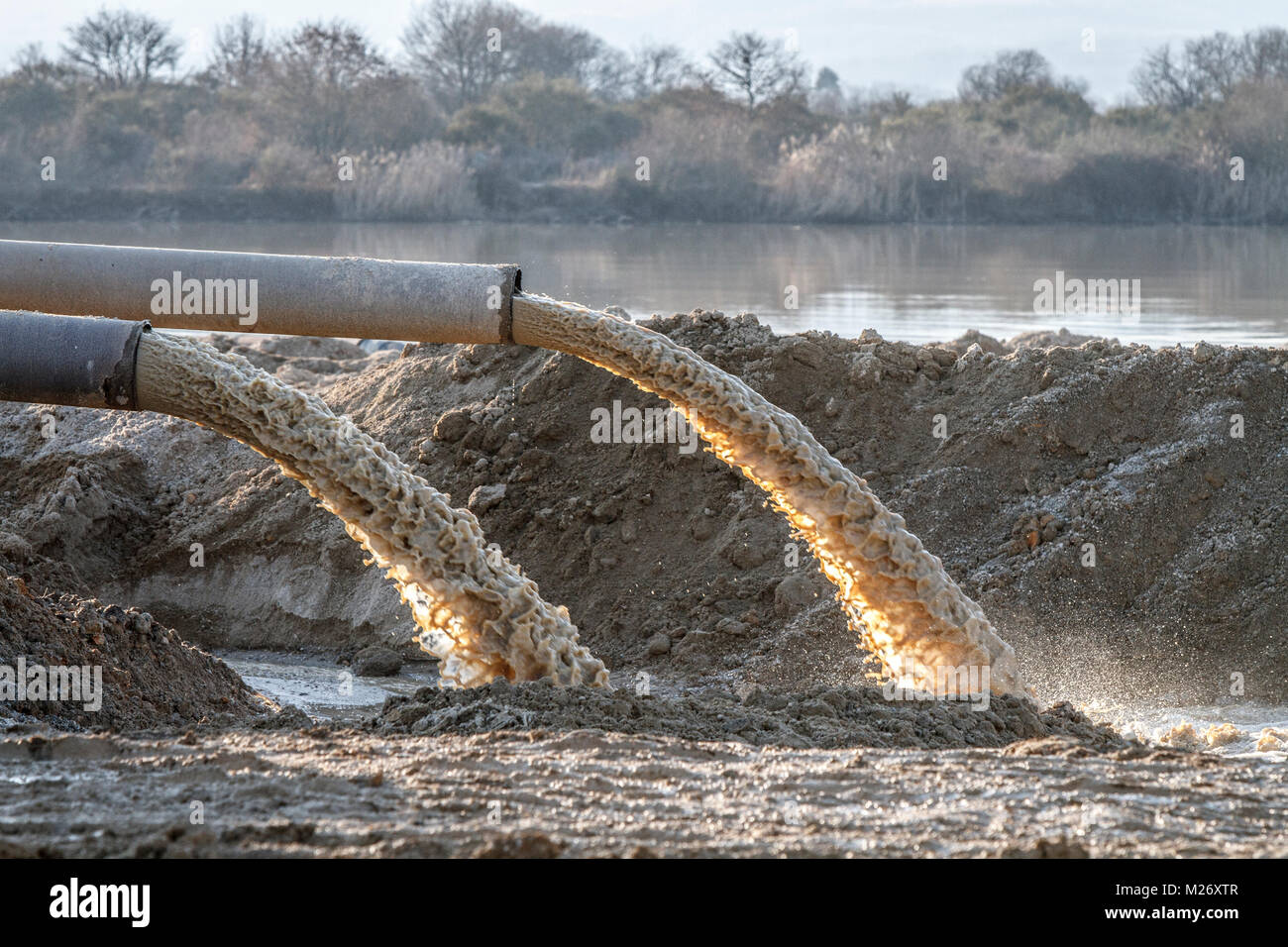Just How Fluid Garbage Disposal Functions: A Thorough Review of Strategies and Technologies Utilized

Overview of Liquid Waste Kind
The intricacy of liquid waste kinds requires a thorough understanding of their characteristics and effects for disposal. Liquid waste can extensively be classified right into a number of types, consisting of commercial, local, agricultural, and dangerous waste. Each group exhibits distinctive buildings, needing details management methods to minimize environmental and wellness risks.
Industrial liquid waste originates from manufacturing procedures and typically has a series of pollutants, such as hefty metals, solvents, and organic substances. Metropolitan liquid waste, mostly comprising wastewater from families and commercial establishments, has natural matter, nutrients, and pathogens (industrial wastewater treatment). Agricultural liquid waste, including overflow from farms, might include plant foods, chemicals, and pet waste, presenting risks to water high quality and ecosystems
Dangerous liquid waste is identified by its poisoning, reactivity, or prospective to cause injury. Recognizing these diverse fluid waste types is essential for creating efficient disposal methods and guaranteeing compliance with environmental guidelines.
Physical Treatment Approaches

Screening is the initial step, where bigger fragments and particles are eliminated from the liquid waste making use of displays or grates. This process safeguards downstream devices from damages and guarantees smoother operation. Following screening, sedimentation makes use of gravitational pressure to separate solids from liquids. In sedimentation tanks, larger fragments resolve near the bottom, creating a sludge layer, while the made clear fluid can be further treated.
Filtration is an additional crucial technique that entails passing the fluid through permeable materials, such as sand or membrane layers, to record smaller sized particles. This action improves the top quality of the liquid, making it appropriate for subsequent treatment processes.

Chemical Therapy Techniques
Chemical therapy strategies are important for successfully managing fluid waste, specifically in dealing with dissolved and colloidal contaminants that physical methods might not properly eliminate. These strategies utilize different chemical agents to reduce the effects of, speed up, or change dangerous compounds into less harmful forms.
One typical approach is coagulation and flocculation, where chemicals such as alum or ferric chloride are included in advertise the aggregation of put on hold bits. This procedure enhances sedimentation, enabling for simpler elimination of the resulting sludge. Additionally, oxidation processes, utilizing representatives like chlorine or ozone, are utilized to break down complicated organic compounds and microorganisms, making the waste much safer for discharge or more treatment.
Neutralization is one more essential method, which adjusts the pH of acidic or alkaline waste streams to neutral levels, avoiding potential injury to downstream systems and the atmosphere. Moreover, advanced oxidation processes (AOPs) use mixes of oxidants and ultraviolet light to break down consistent pollutants, attaining a content higher level of treatment performance.
Biological Therapy Processes
Biological treatment procedures play a vital function in the management of fluid waste by using bacteria to decompose raw material and minimize pollutant levels. These procedures can be broadly classified right into cardiovascular and anaerobic treatments, each utilizing specific microbial areas to achieve reliable waste destruction.
Aerobic treatment entails using oxygen to promote the malfunction of organic materials by microorganisms. This process is commonly executed in turned on sludge systems, where aeration tanks give a conducive atmosphere for microbial growth, leading to the oxidation of organic toxins. The resultant biomass can be divided from dealt with effluent through sedimentation.
In comparison, anaerobic treatment happens in the lack of oxygen, depending on various microorganisms to break down raw material. This method is especially helpful for high-strength waste, as it creates biogas, a renewable power source, while reducing sludge production. Technologies such as anaerobic digesters are often utilized in metropolitan and commercial applications.
Both anaerobic and cardio biological therapies not just decrease the ecological influence of fluid waste however also assist in resource recovery, making them necessary parts of sustainable waste monitoring approaches. Their adaptability, performance, and efficiency support their extensive execution throughout numerous markets.
Emerging Technologies in Disposal
Cutting-edge strategies to liquid waste disposal are swiftly progressing, driven by advancements in innovation and an enhancing emphasis on sustainability. Amongst these arising technologies, membrane layer bioreactors (MBRs) have obtained traction for their capability to combine biological therapy with membrane filtering, causing high-grade effluent that can be reused in different applications. MBRs make it possible for smaller footprints and a lot more reliable procedures contrasted to traditional systems.
Another encouraging advancement is using anaerobic food digestion combined with nutrient recuperation technologies, which not only treats fluid waste yet also generates biogas and recoups important nutrients like nitrogen and phosphorus. This twin advantage boosts source efficiency and reduces ecological influence.
In addition, progressed oxidation processes (AOPs) are being taken on for the deterioration of intricate organic toxins. These methods make use of effective oxidants and stimulants to break down Homepage impurities at the molecular level, offering a very effective service for challenging waste streams.
Moreover, the combination of man-made intelligence and equipment understanding in waste management systems is enhancing operational efficiency and predictive maintenance, resulting in minimized expenses and improved environmental conformity. These modern technologies mirror a substantial shift towards even more lasting and efficient fluid waste disposal practices.
Verdict
In verdict, efficient liquid waste disposal necessitates a comprehensive understanding of different methods and technologies. By click for more info constantly progressing these methods, it comes to be possible to address the growing difficulties linked with fluid waste, eventually contributing to ecological defense and resource recuperation.
Liquid waste disposal is an important aspect of ecological administration, requiring a detailed understanding of various methods and modern technologies tailored to various waste types. Liquid waste can generally be classified right into a number of kinds, including commercial, metropolitan, agricultural, and unsafe waste. Agricultural liquid waste, including overflow from ranches, might include fertilizers, pesticides, and animal waste, positioning risks to water top quality and communities.
Different physical treatment methods play an important function in taking care of liquid waste successfully - industrial wastewater treatment.In verdict, efficient fluid waste disposal necessitates a thorough understanding of different techniques and technologies